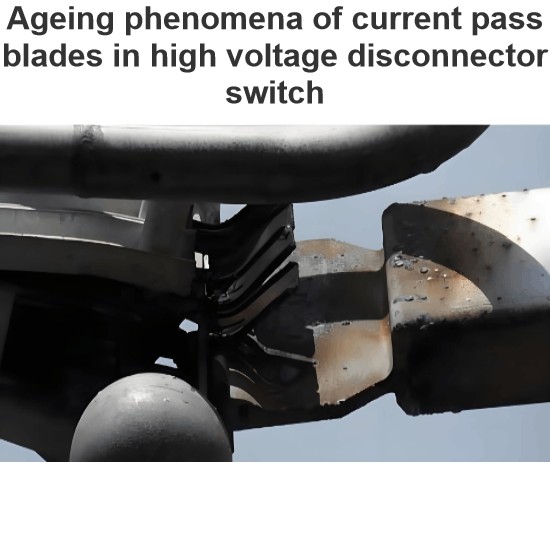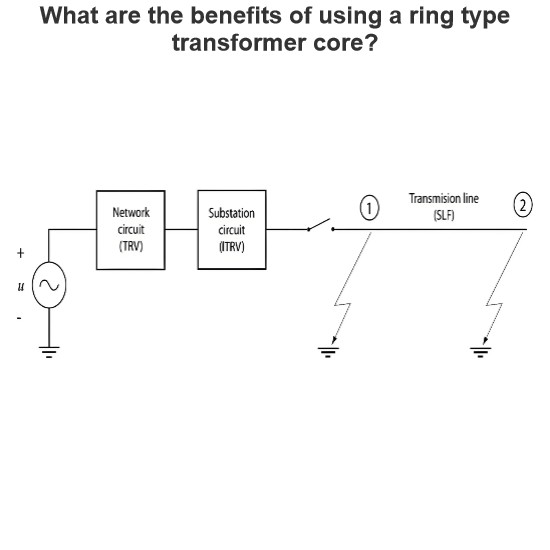Energisation of back to back(b to b) cables by circuit breaker according to IEC
The energization of a cable by the closing of a circuit breaker (CB) indeed results in a transient inrush current. The characteristics of this inrush current are influenced by several factors within the electrical system. Here is a refined and detailed explanation:
Factors Influencing Inrush CurrentApplied Voltage: The voltage level at the moment the CB closes directly affects the magnitude of the inrush current. Higher voltages can lead to higher initial current peaks.
Cable Surge Impedance: This is the characteristic impedance of the cable, which plays a significant role in determining how the transient currents behave. It limits the surge currents that occur during switching events.
Cable Capacitive Reactance: Cables have inherent capacitance, especially long or high-voltage cables. When energized, these capacitances charge up, causing an inrush current. The capacitive reactance influences both the magnitude and duration of this charging current.
Inductance in the Circuit: Inductive elements in the circuit affect the rate of change of the current. They oppose changes in current, thus influencing the shape and decay rate of the transient current waveform.
Charges on the Cable: Any residual charges present on the cable at the instant of closing can significantly impact the transient behavior. If the cable was previously energized and has not fully discharged, it can contribute to the inrush current.
Damping of the Circuit: Damping elements reduce oscillations and help to stabilize the system more quickly after a switching event. High damping can limit the peak and duration of the inrush current.
Back-to-Back Cable Switching
- When cables are switched back-to-back (b-to-b), meaning one cable is de-energized while another is energized using the same switchgear, transient currents of high magnitude and rapid rate of change may flow between the cables. These currents are primarily due to the transfer of energy stored in the capacitance of the de-energized cable to the energized one.
- Transient Current Characteristics: The surge current resulting from b-to-b switching is limited by the cable surge impedances and any series inductance present between the energized and switched cables. Typically, this transient decays rapidly, often within a fraction of a cycle of the system frequency.
- Source Contribution: During such switching, the component of current supplied by the power source is minimal and changes slowly enough that it can generally be disregarded in the analysis of the transient phenomena.
- Impact on Modern CBs: Due to the very high damping effect on the inrush current, switching parallel cables in modern systems typically does not pose a challenge for contemporary circuit breakers, which are designed to handle such transient conditions effectively.
Typical Circuit for B-to-B Cable Switching
A typical circuit for b-to-b cable switching would involve two sets of cables connected to a common point via a circuit breaker. Upon switching, as one set of cables becomes de-energized and the other energized, the transient currents flow through the circuit breaker and between the cables. The circuit design should take into account the factors mentioned above to ensure safe operation and minimize potential stresses on the equipment.
Unfortunately, I cannot provide or display a figure here, but you can visualize or find diagrams in technical literature or manuals related to power system engineering that depict such circuits. These resources will show the arrangement of cables, circuit breakers, and possibly other protective devices involved in b-to-b switching operations.













